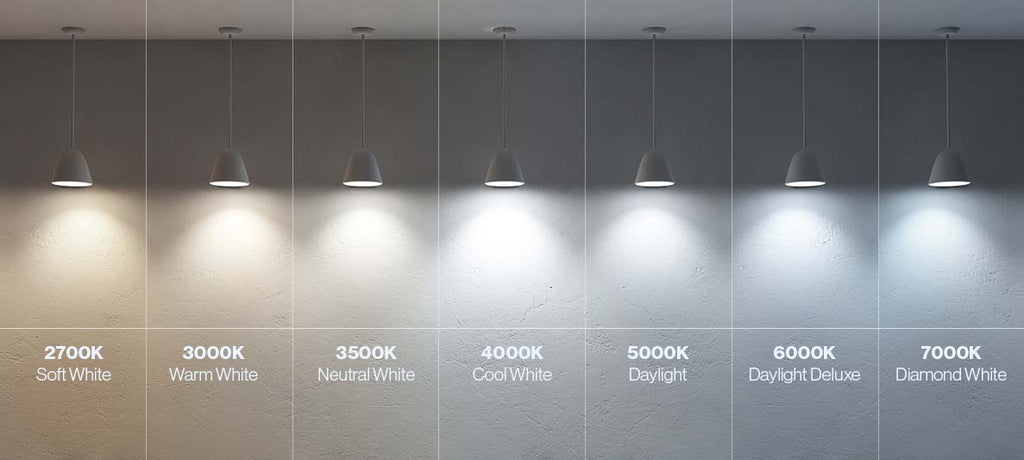The History and Importance of National LED Light Day
Every year on October 7th, America celebrates National LED Light Day—a day that might sound oddly specific at first, but once you learn the history and impact of LEDs, it makes perfect sense. From energy savings to futuristic design, LEDs have shaped the way we light up our world. Let’s dive into where it all started, why it matters, and how a small diode changed everything.

How LEDs Were Born
The story of LEDs begins in the early 20th century with the discovery of electroluminescence, a phenomenon where certain materials emit light when electricity passes through them. But it wasn’t until 1962 that Nick Holonyak Jr., a General Electric engineer, created the first practical visible-spectrum LED. His version gave off a faint red glow, and though it looked humble compared to the bulbs we know today, it was revolutionary.

At the time, most people didn’t imagine LEDs would light up homes or city streets. Instead, they showed up in calculators, digital watches, remote controls, and those tiny indicator lights on electronics. But researchers kept experimenting, and by the 1990s, breakthroughs in materials led to blue LEDs, which in turn unlocked the ability to create bright, white LED light. This was the real game-changer.
Why October 7th?
National LED Light Day isn’t just a random date on the calendar. It was chosen to honor the day Holonyak created his invention back in 1962. The holiday is both a nod to innovation and a reminder of how far technology can go in just a few decades. From a dim red glow in a lab to illuminating entire skyscrapers, LEDs have traveled quite a path.
LEDs vs. Traditional Lighting
Think about traditional incandescent bulbs for a moment. They produce light by heating a tiny filament until it glows. That means most of the energy gets wasted as heat, not light. LEDs, on the other hand, are cool customers. They generate light by moving electrons through a semiconductor, which is far more efficient.
Here’s the impact of LEDs in real numbers:
-
80% less energy: LEDs use up to 80% less energy than incandescent bulbs.
-
Longer lifespan: A standard LED can last 25,000 hours or more, compared to 1,000 hours for an incandescent bulb.
-
Lower costs: While early LEDs were pricey, today they’re affordable and save money on electric bills over time.
This efficiency isn’t just convenient—it’s transformative. Imagine how much energy (and money) cities save by switching entire streetlight systems to LEDs. Multiply that across millions of homes, businesses, and schools, and you start to see why LEDs are such a big deal.

The Environmental Glow-Up
The importance of National LED Light Day isn’t just about celebrating technology—it’s also about recognizing the environmental impact. Lighting accounts for a significant chunk of global electricity usage. By switching to LEDs, we cut down greenhouse gas emissions and reduce demand on power plants.
A few environmental wins LEDs have brought us:
-
Lower carbon footprints: Less electricity use means fewer fossil fuels burned.
-
Less waste: Because LEDs last so much longer, fewer bulbs end up in landfills.
-
Innovation in design: LEDs allow for smarter, more sustainable architecture, like buildings that integrate natural light with efficient LED systems.
In short, every LED bulb swapped in for an old incandescent is a small but meaningful step toward a greener planet.
The Future of LED Tech
While we often think of LEDs as simple lightbulbs, their impact goes far beyond that. They’ve made incredible advancements from smartphone screens to high-definition TVs to futuristic smart homes. They also play a role in agriculture—where specialized LED grow lights help farmers optimize plant growth—and even in healthcare, where LED-based devices are used in therapies and surgical lighting.
And the innovation doesn’t stop there. Scientists are exploring micro-LEDs for ultra-clear displays and experimenting with LEDs in areas like wireless data transmission (yes, internet through light beams!).

Why National LED Light Day Matters
So, why should you care about National LED Light Day? It’s not just about honoring a clever invention—it’s about appreciating the ripple effect of innovation. Holonyak’s work in 1962 didn’t just make a small red light glow; it opened the door to a brighter, more sustainable future.
National LED Light Day is a celebration of human ingenuity, environmental responsibility, and the everyday technology we often take for granted. So, on October 7th, take a moment to look around at all the LEDs in your life—you're probably reading this on a device that uses LEDs right now! It’s nice to appreciate the fact that one little diode has changed the world in big ways.


